transparent Is Stepping Off the Runway and Back Into Homes
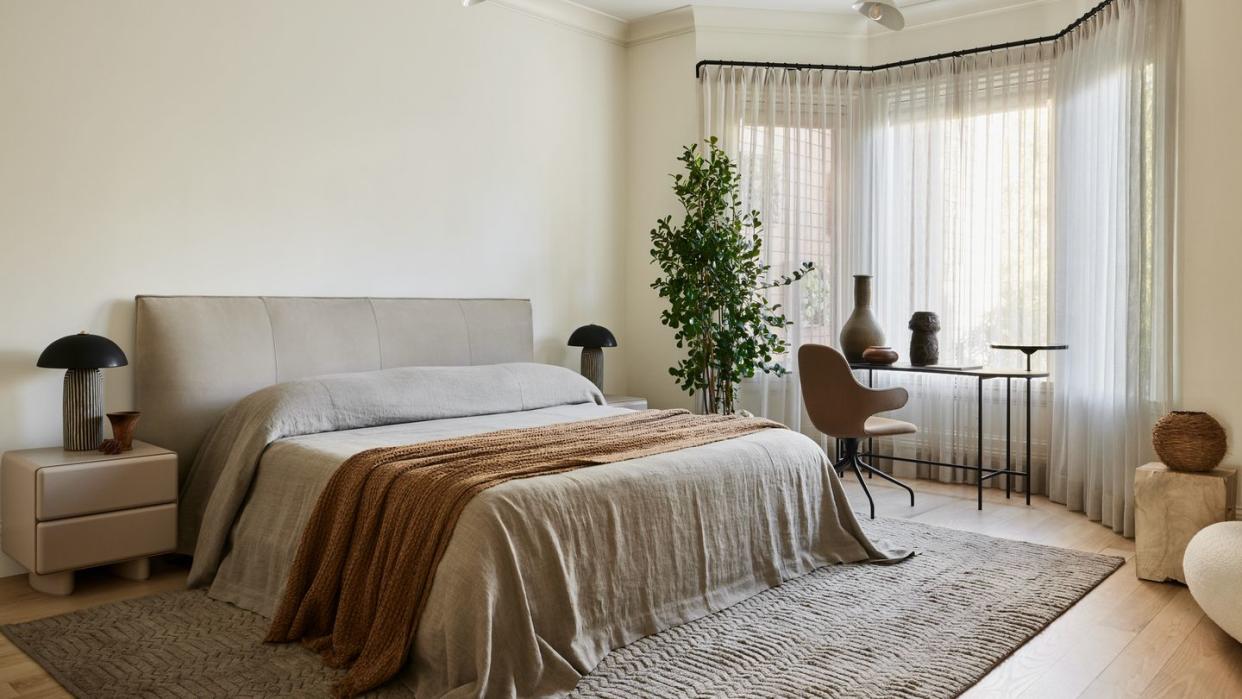
If you’ve spent any time around professional interior designers, you know they spend a lot of time discussing natural light. From orienting a room to make the most of the morning sun to protecting furniture from harsh afternoon rays, light is a constant source of concern and inspiration for pros. Light-filtering sheer drapes and curtains are some of the most useful tools they have at their disposal. They’re more versatile than other window treatments like blinds or shutters, and they can be more affordable too.
You may think of sheer drapes and curtains as a layer in a fussy, old-fashioned decorating scheme, but designers today are using them in modern ways that maximize their light, summery appeal. From formal homes and airy beach houses to the virtual aisles of the best home stores, sheers are in the spotlight. Maybe it stems from an appreciation of the great outdoors; maybe it’s born of a desire to look good over WFH video calls. Whatever the impetus, sheer window treatments are a designer go-to for adding privacy and intimacy to a space without blocking whatever natural glow the room has been gifted.
Sheer window treatments can be found in materials that befit nearly any design scheme or room, even bathroom curtains. You can choose from tailored Roman shades, pinch pleated café curtains, full-length panels, and more. Below, we’ve rounded up 12 designer examples of sheer drapes and curtains to show you what they can bring to your space and give you the advice you need to hang them perfectly.
For more expert advice on window treatments:
Round Out a Color Palette
For transparent window treatments at their most ethereal, look to creamy white linen. The material embodies everything there is to love about transparent window treatments: a modest dose of privacy, a flattering glow, and a relaxed vibe. In this Brooklyn brownstone, the Brownstone Boys kept their palette tight, dressing the oversized bathroom windows in transparent Roman shades that nod to the serenity of the rest of the room. Want a little more privacy or volume from your shades? Double the fabric or add a transparent liner.
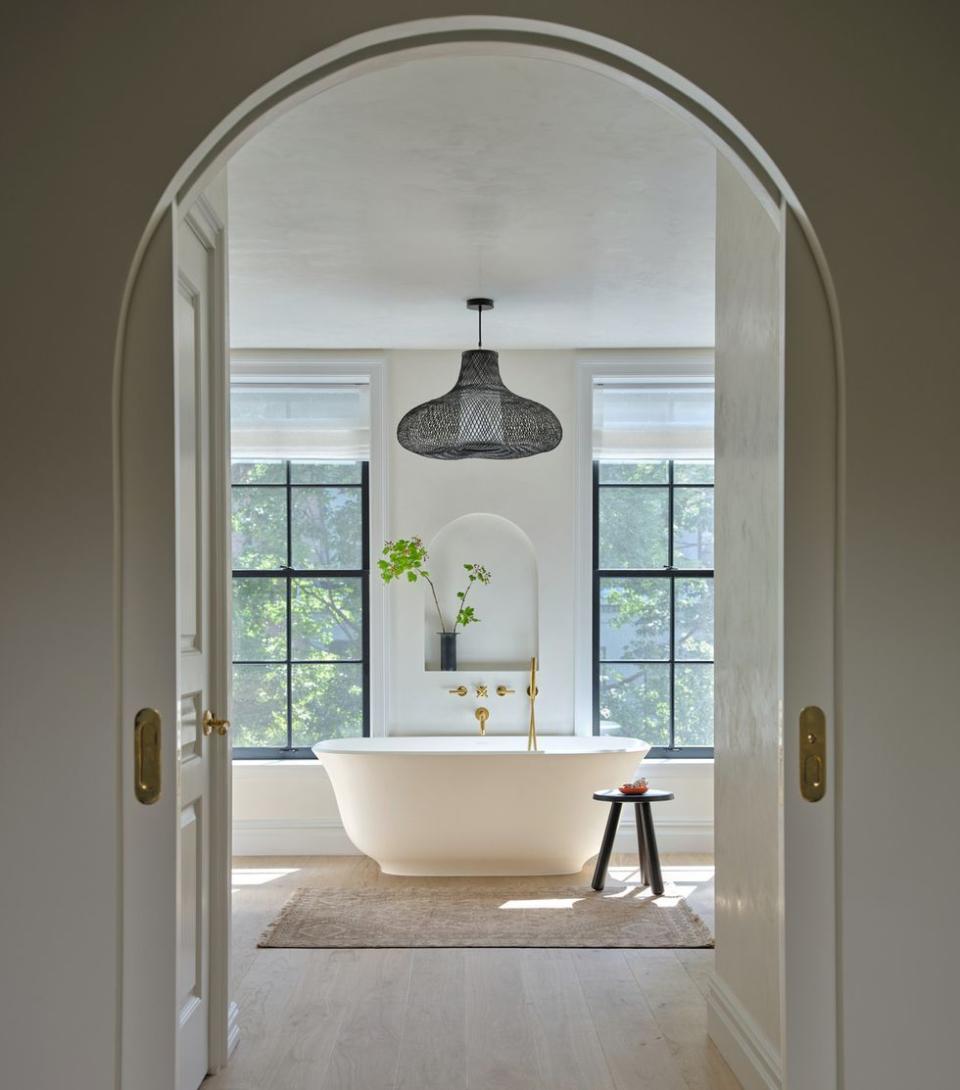
Accentuate High Ceilings
When a room has a vaulted ceiling or double-height windows (or both!), landing on a window treatment that doesn’t overwhelm the space is key. That’s where transparent drapes come in–they’re a great way to add softness and texture without blanketing a room in a heavy, visually cumbersome fabric. In her family’s Rosemary Beach, Florida, home, designer Ashley Gilbreath hung ceiling-to-floor panels that play into the airy coastal vibe.
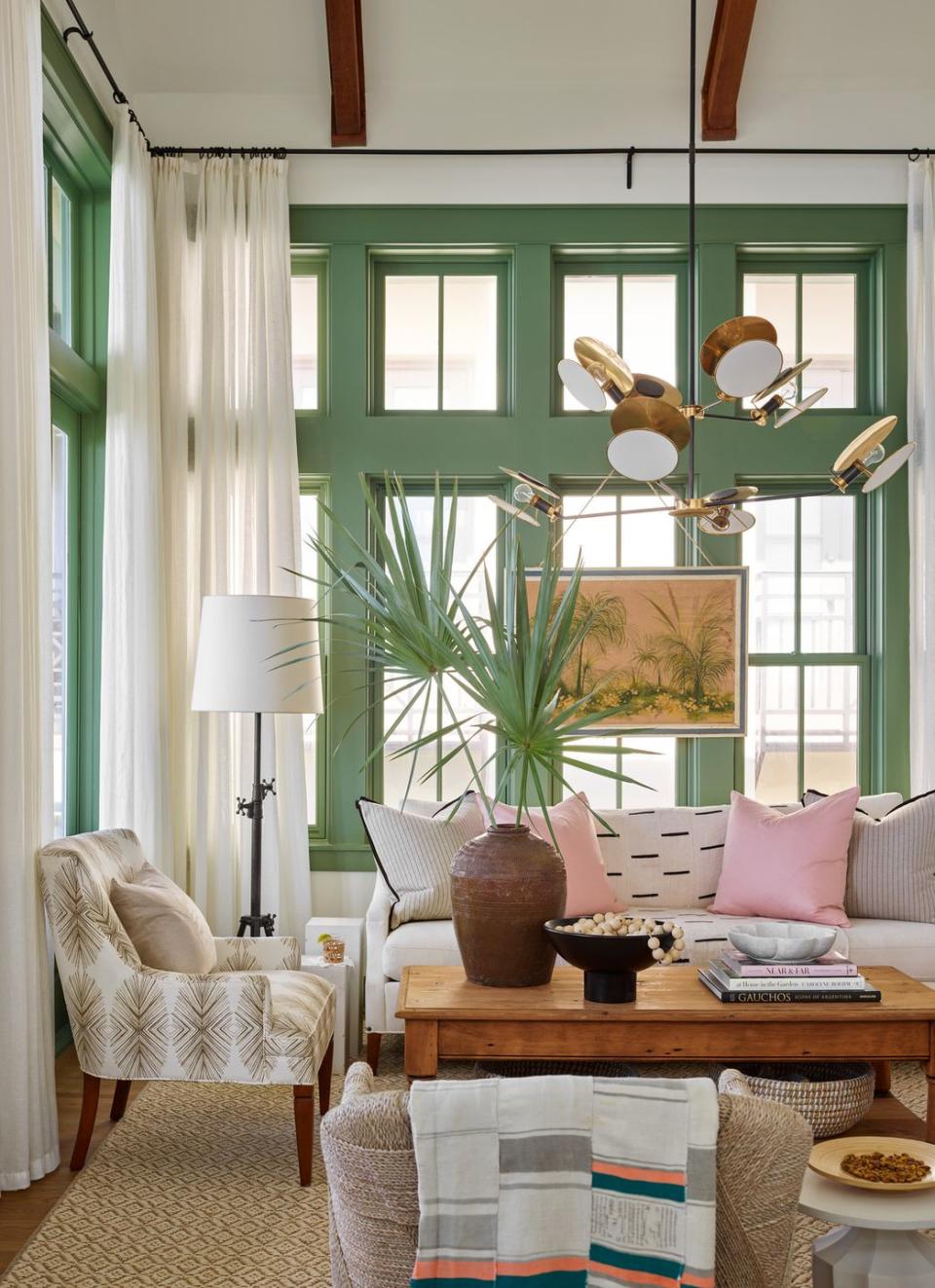
Build Soft Layers
Looking to strike a balance between airiness and intimacy? Steal this layering trick from designer Brian Paquette. He paired transparent curtains (in a warm flax hue) with weightier cotton ones (featuring a subtle yet graphic grid pattern) to bring a cozy feel to this California primary suite along with extra privacy and light-blocking capabilities come bedtime.
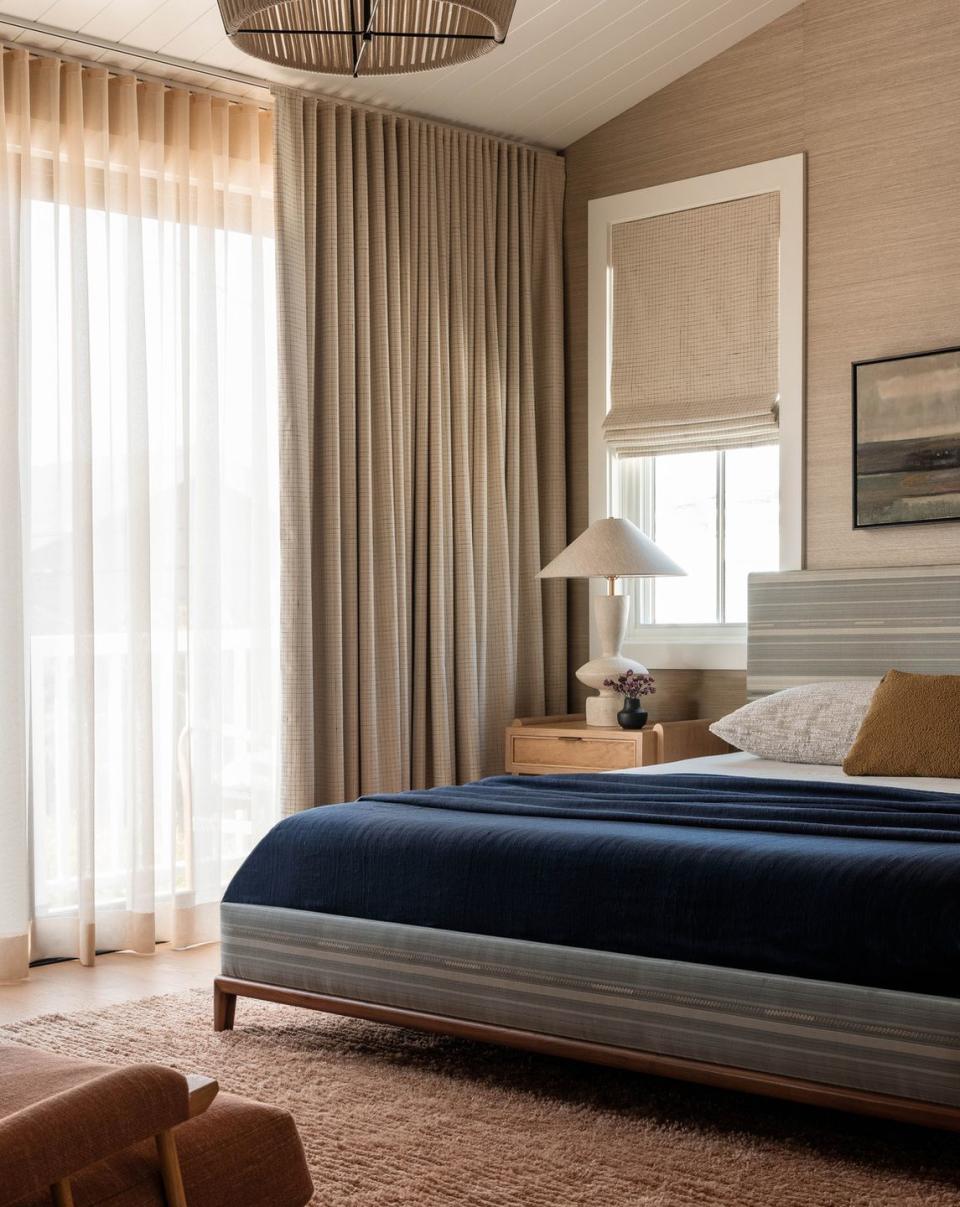
Cast a Rosy Glow
While white and cream transparent window treatments are perhaps the most popular iterations, they’re certainly not the only option. In the right room, a soft color transparent can add a watercolor-like wash to the shape, slighting tinting the light that floods in and adding another beautiful dimension to your palette. In this dining room by Arent & Pyke, wall-to-wall transparent drapes in petal pink add a feminine touch to the midcentury modern design.
Related: 50 Best Window Treatment Ideas for Every Room
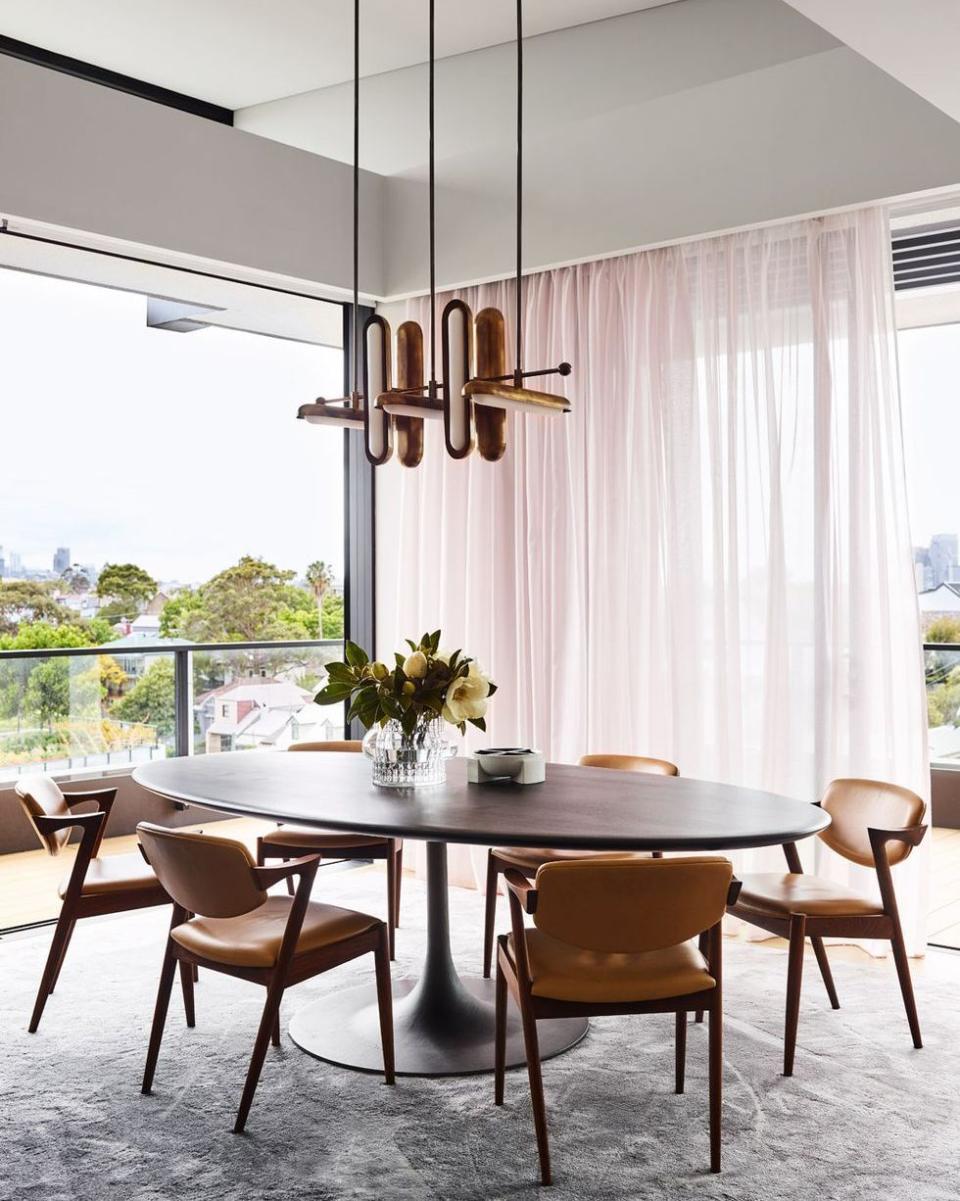
Introduce a New Texture
If breezy linen window treatments create an airy atmosphere, natural fiber shades bring a grounding element. A twist on the transparent trend, rattan or seagrass can have the same light-filtering effect in a space, bringing with them a dose of natural texture. In this moody Nantucket dining room, designer Michael Ellison paired the transparent window treatments with dramatic wall lamps and a faux-vellum plaster treatment on the walls and ceiling.
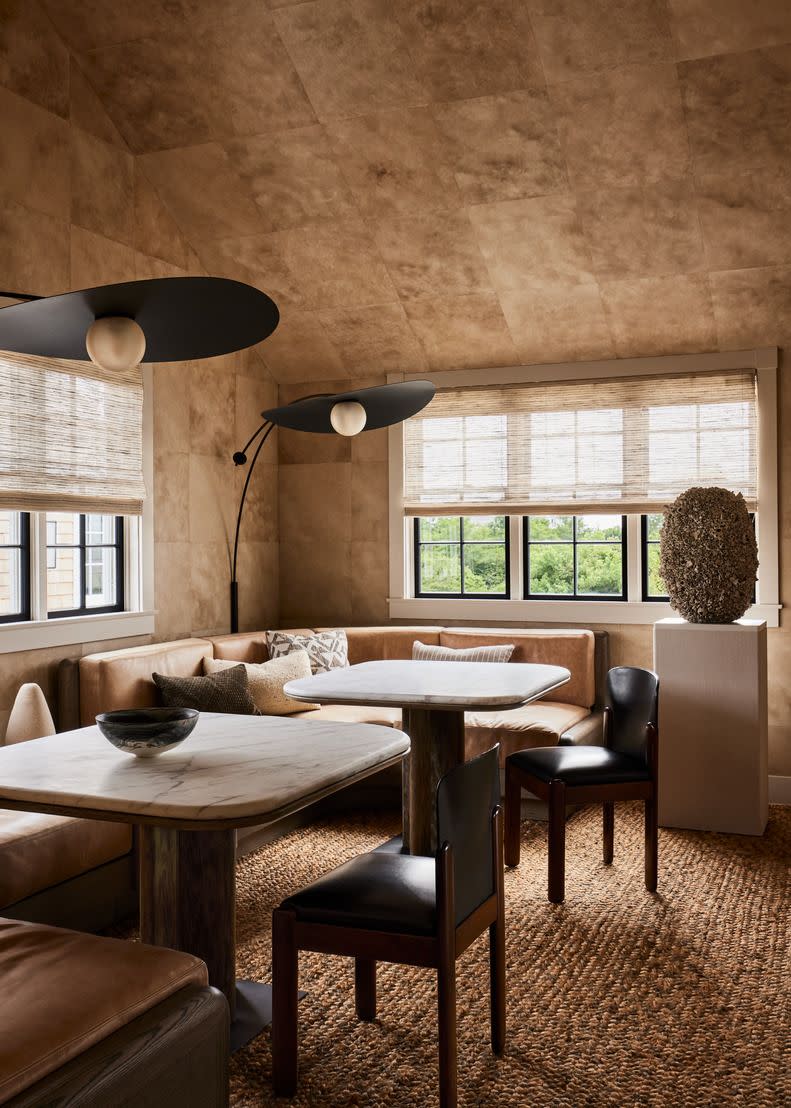
Add a Tailored Element
While tailored details are tougher to achieve with the light and airy materials sheery drapes are often made of, it’s not impossible—and more than worth it for the end result, which is a beautiful balance of relaxed refinement. In this primary bedroom by Studio Plow, weightier linen drapes with a traditional pinch pleat construction bring a necessary dose of structure to the cozy space.
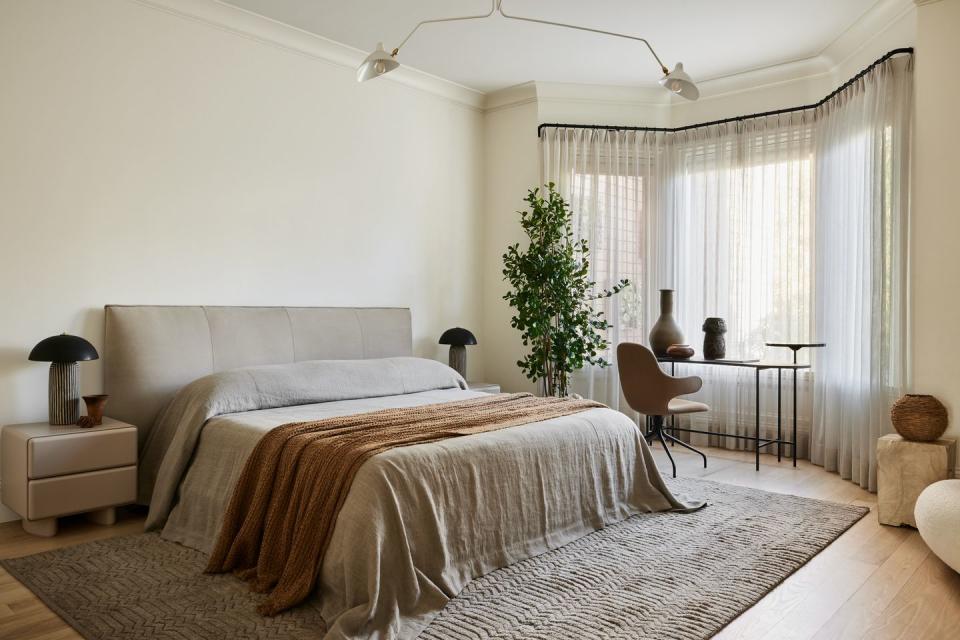
Lean Into Relaxation
No matter what form they take, window treatments can be a great way to reinforce a mood or vibe in your space. For rooms earmarked for relaxation, like a primary bedroom, a transparent shade in a casual profile can be a great way to balance out eye-catching details, like sculptural furnishings and art. In this city bedroom, designer Hilary Matt opted for a textural relaxed Roman (characterized by a soft swag at the folds) to temper the room’s more glam details.
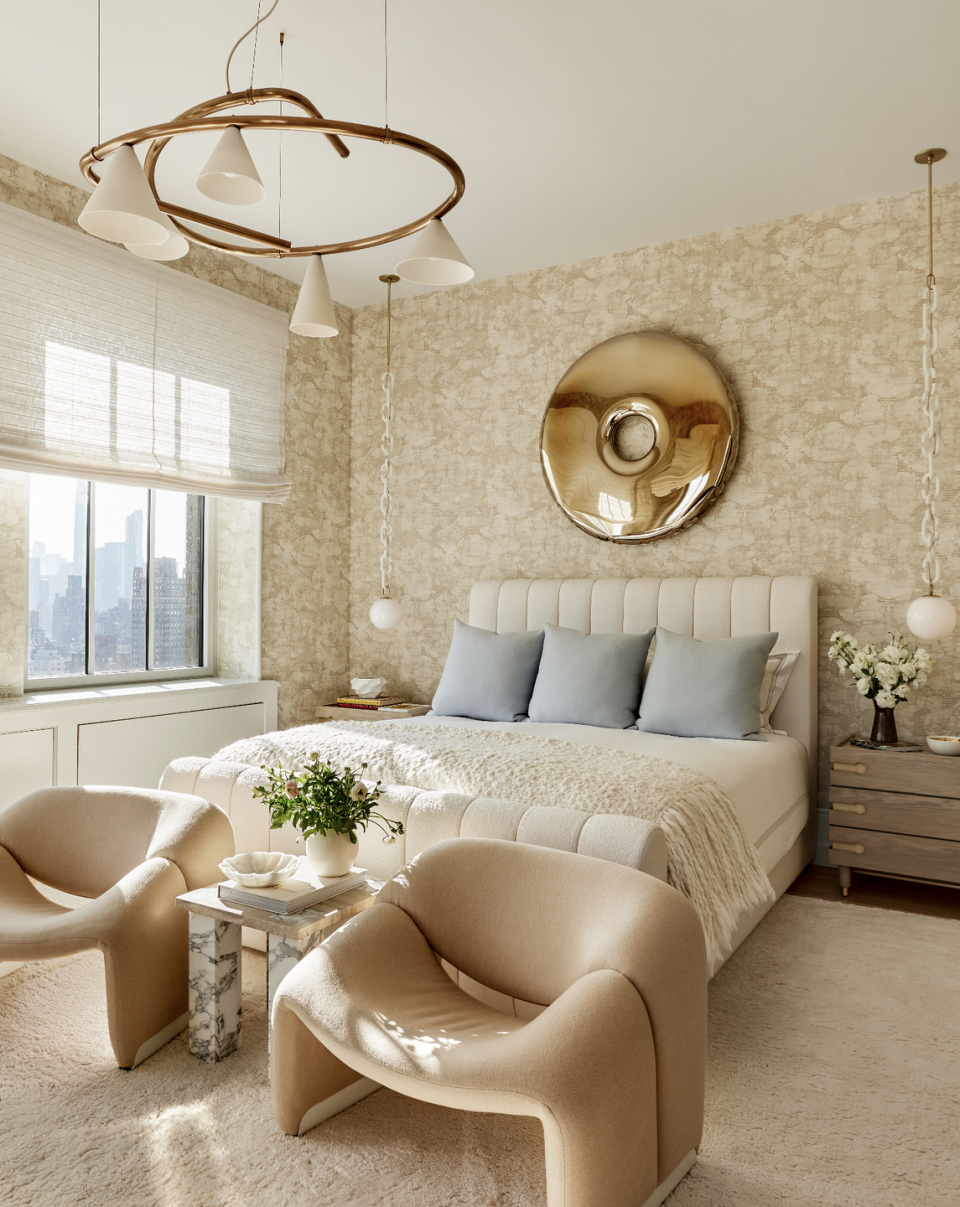
Play With a Pattern
Looking to dress up a room or bring a bit of fun into it with your window treatment selection? Opt for a transparent patterned linen or lightweight cotton. Not only will the print add visual interest to your space, but the light shining through will lend an effect similar to a stained glass window. In this feminine bathroom, designer Cecilia Casagrande commissioned café curtains in a bold Timorous Beasties fabric.
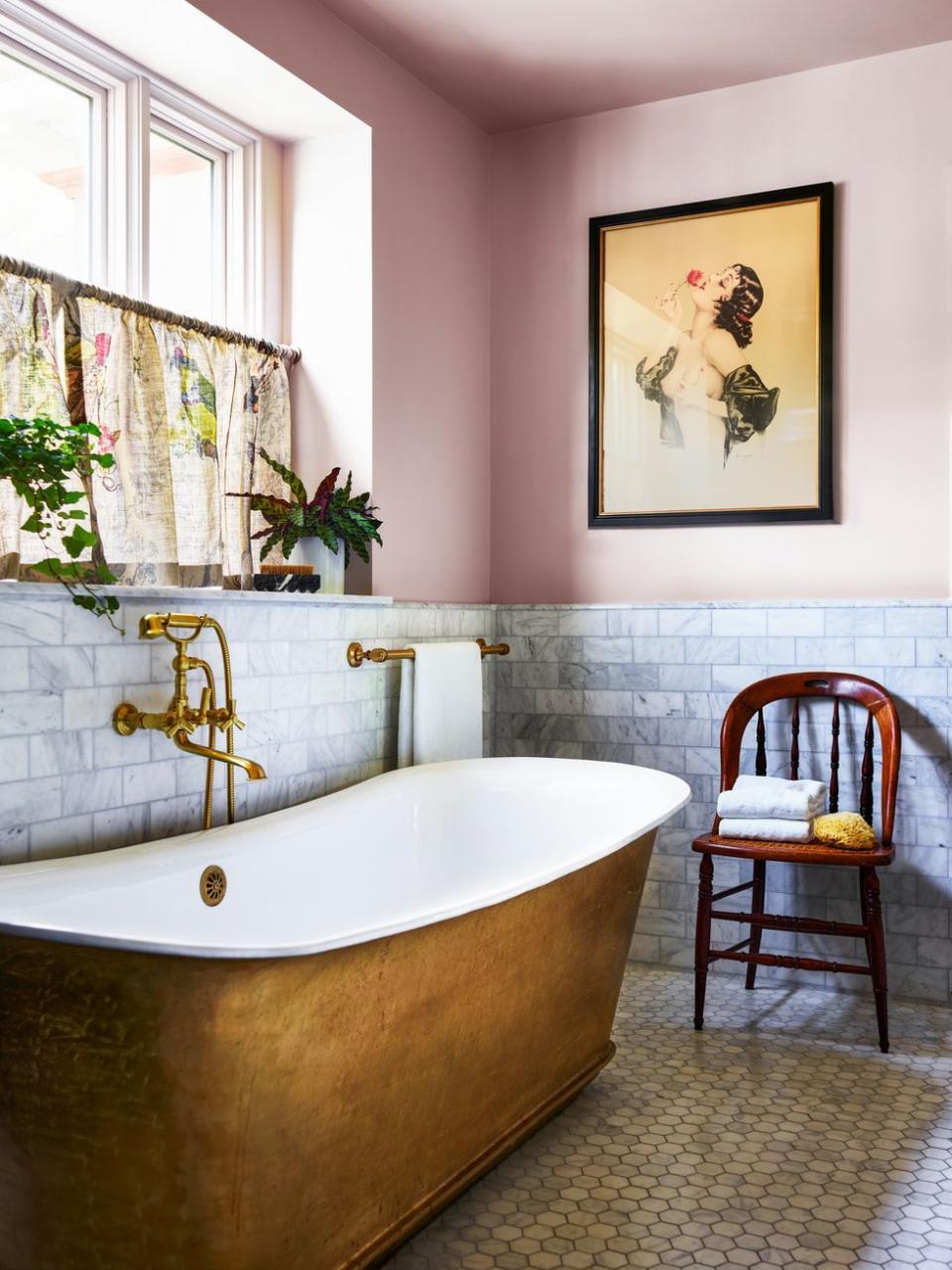
Let the Outdoors In
To pick drapery for the living room of her California home, designer Katie Hodges took cues from her L.A. home's Spanish roots, selecting a transparent, flax-colored fabric from Colefax and Fowler that complements the plaster walls and original French doors.
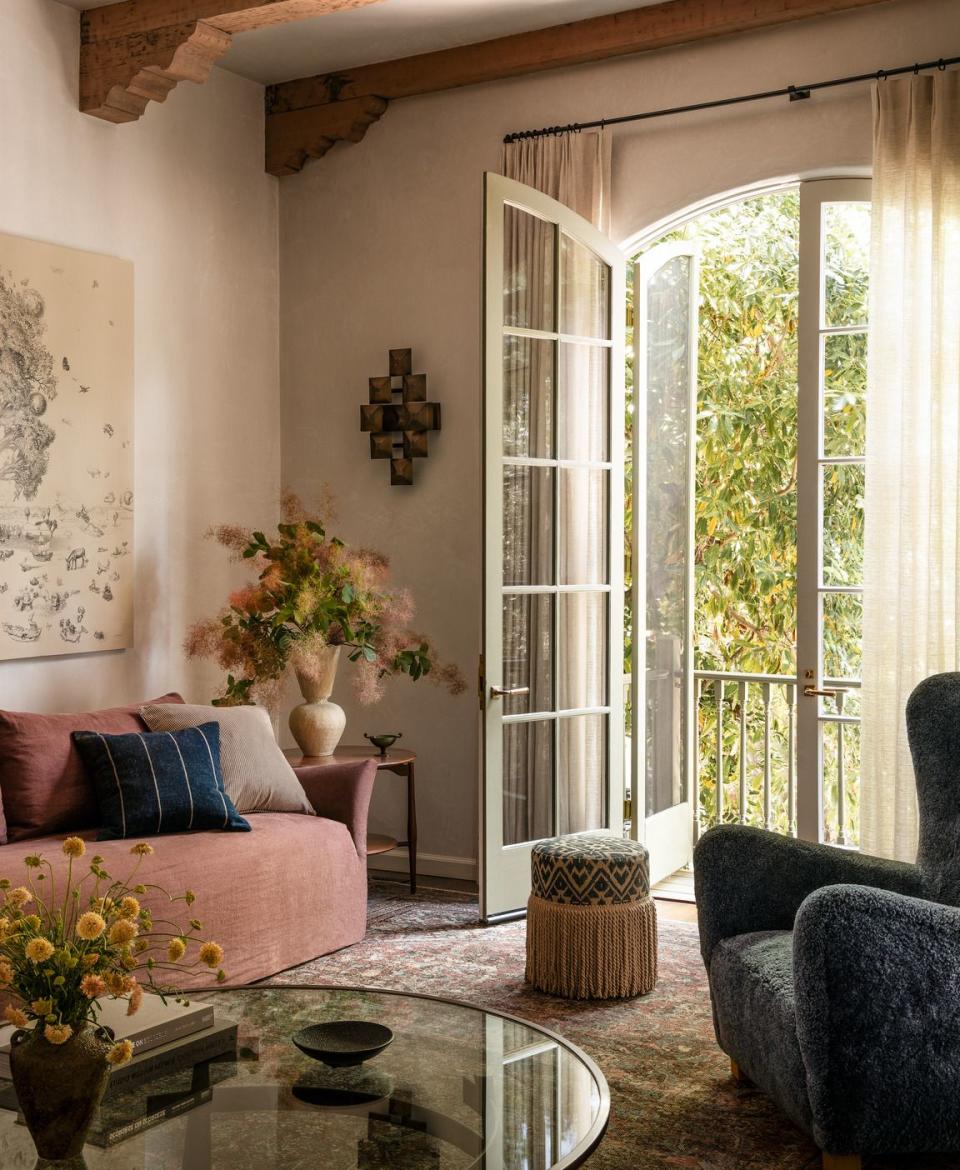
Embrace a More-Is-More Attitude
When you’re dealing with window treatments as minimal and stunning as sheers, you can go big on volume. In this breakfast nook by designer Elizabeth Bonesio and architecture firm Pfeffer Torode, voluptuous transparent Roman shades filter the light from the wall-to-wall windows.
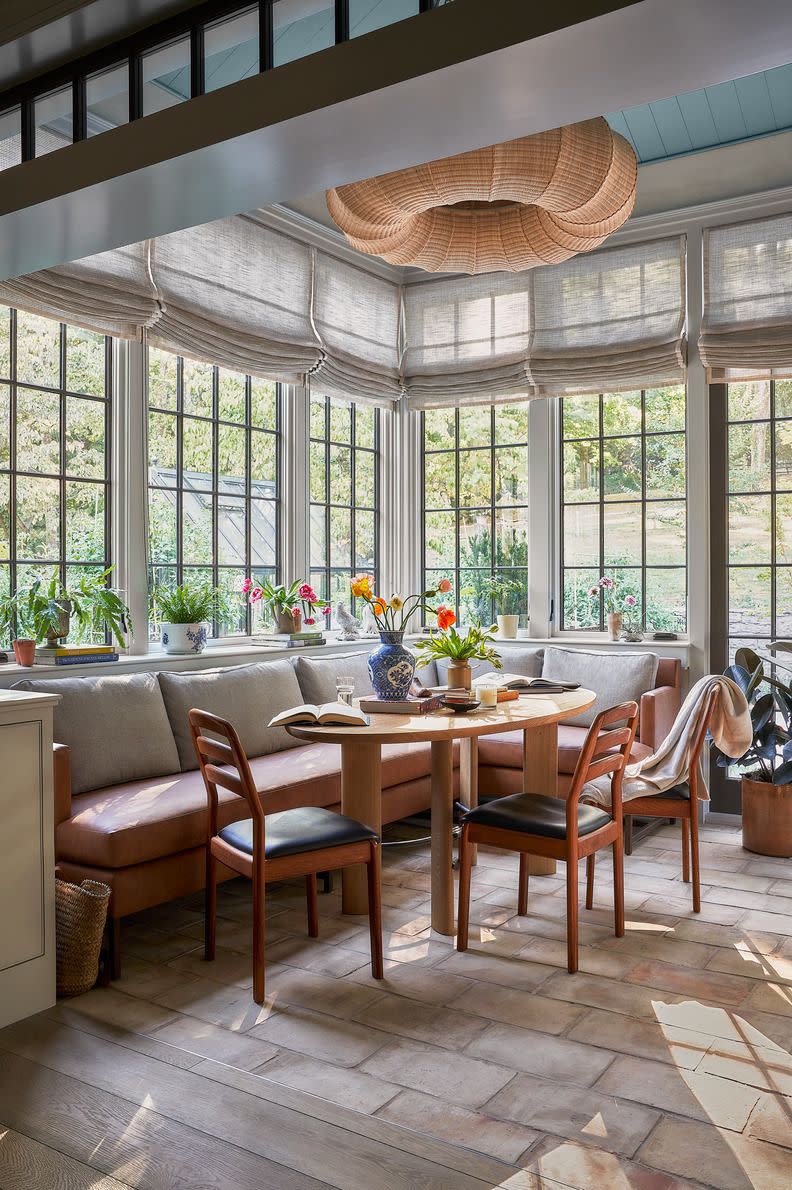
Hide the Mechanics
In any space, the better you can hide how something works, the more magical it will feel. In this primary bathroom by designer Sarah Stacey, the mechanism that make these transparent, breezy drapes swing back and forth for privacy are hidden behind a sneaky ceiling drop for a streamlined, modern look.
Related: 20 Window Treatment Ideas for Bathrooms
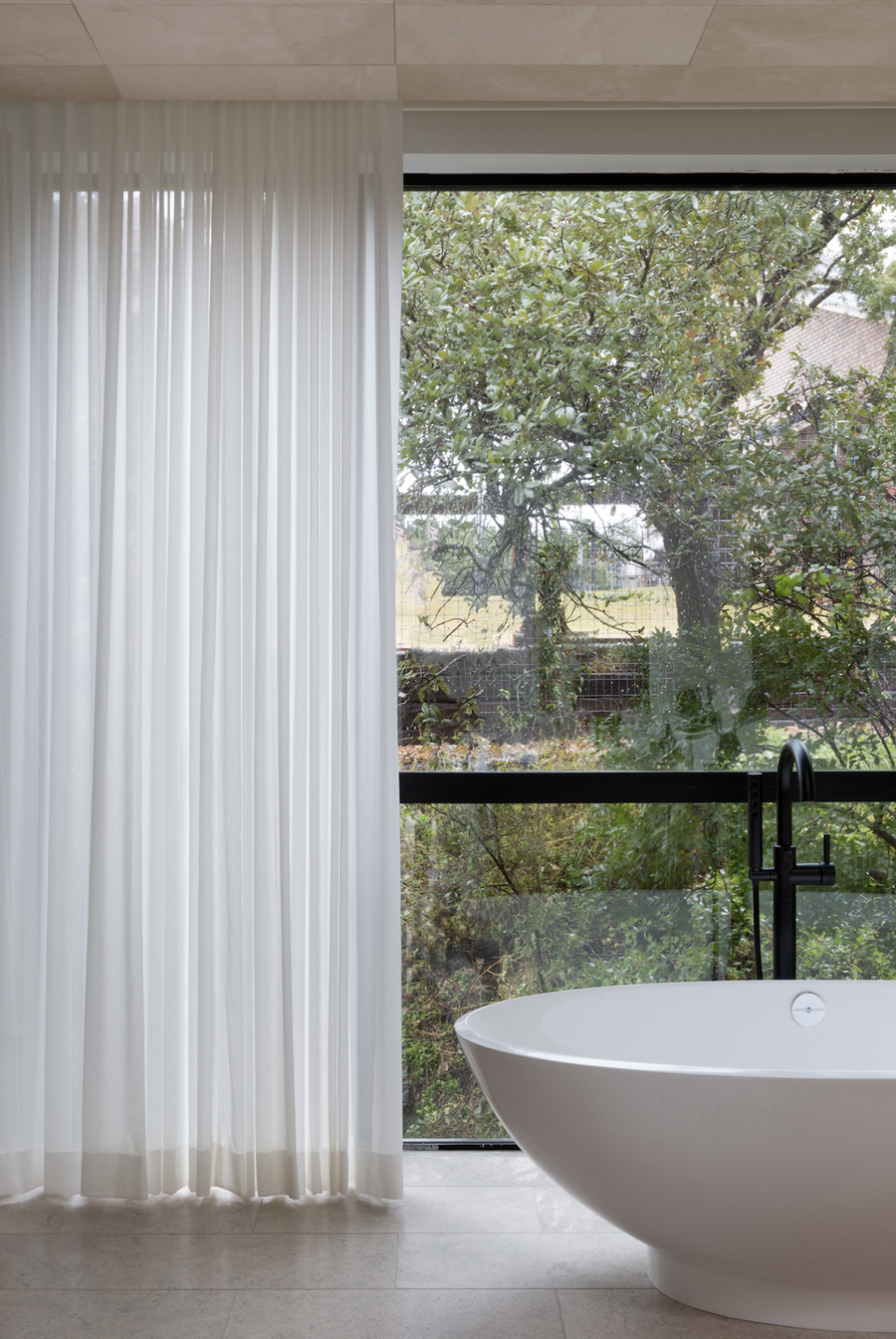
Mix and Match
Mixing and matching window treatments isn't always recommended, but working within a simple palette and air material makes multiple profiles a possibility. In this primary bedroom by designer Hilary Matt, transparent Roman shades frame the bed, while floor-to-ceiling curtains bring a cloud-like glow to a nearby picture window.
Related: How to Choose the Right Curtain Lengths, According to Designers
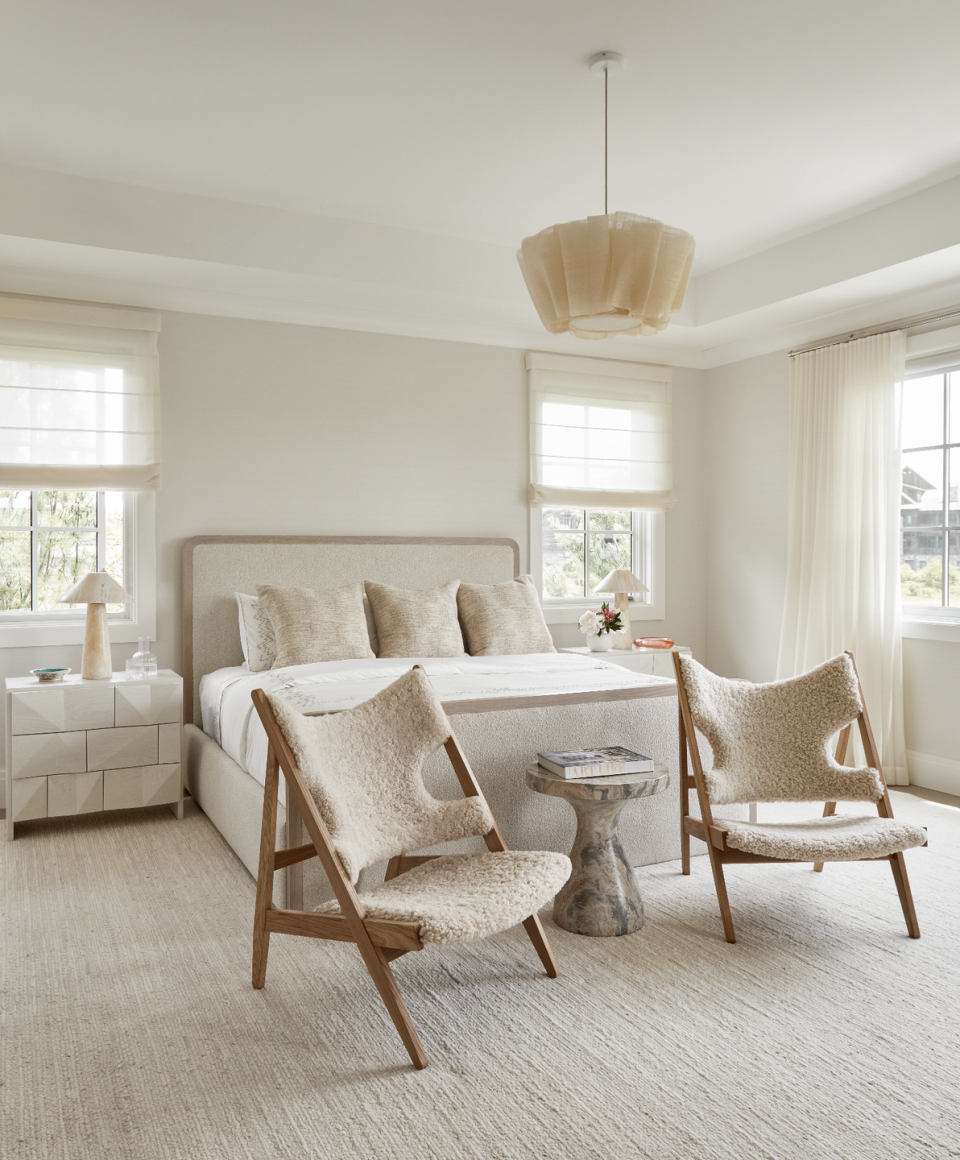
You Might Also Like


